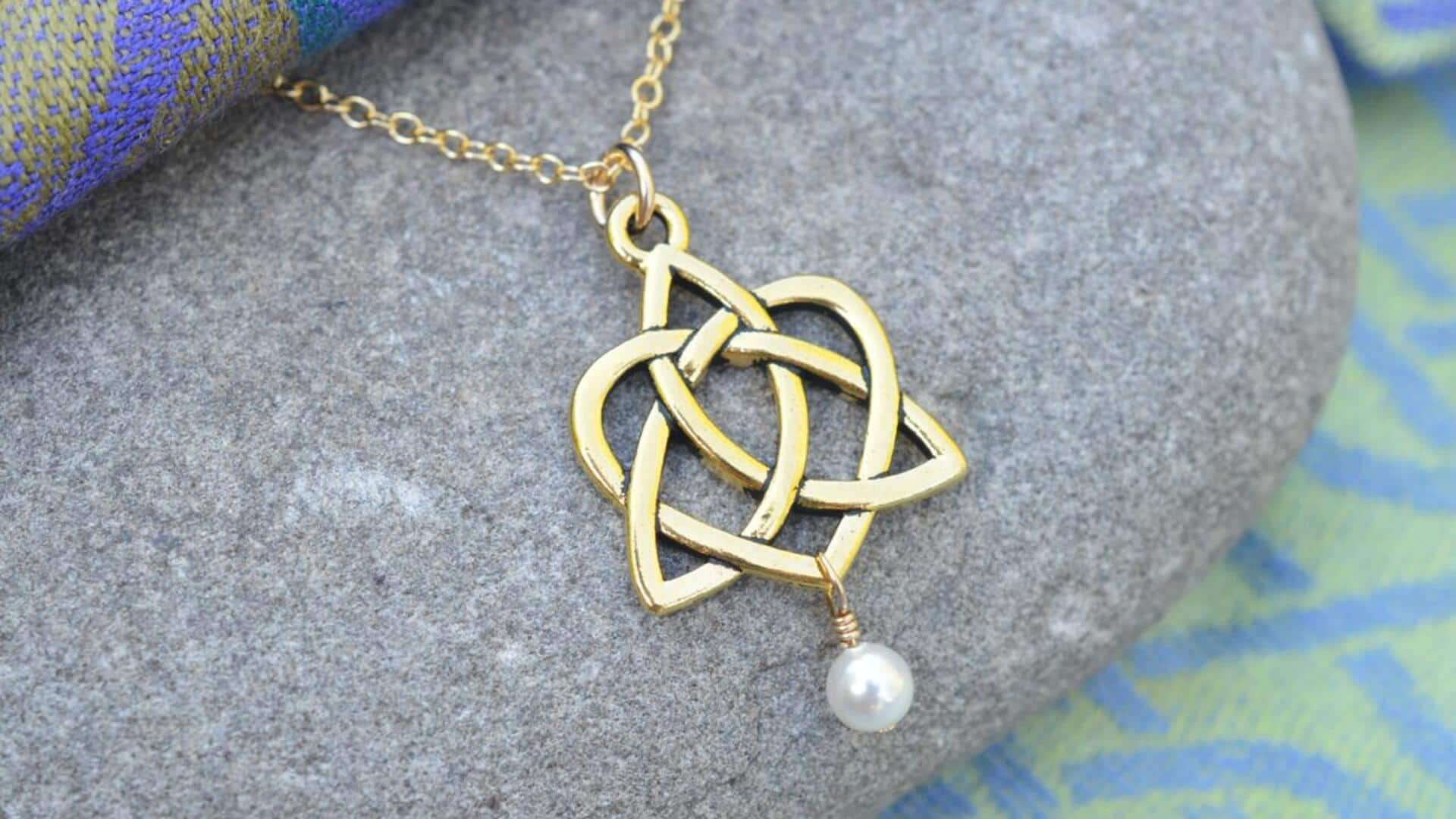
Celtic knots: Art, history, and symbolism
What's the story
Celtic knot designs are beautiful patterns that have enchanted people for centuries. Seen commonly on art and jewelry, these designs are defined by their interlaced lines and loops. Coming from the Celtic culture, these knots are historically and culturally very significant. Learning about their history gives an understanding of their symbolism and purpose in the ancient world. Here's looking at Celtic knot designs' origins, meanings, evolution.
Early beginnings
Origins of Celtic knot designs
Celtic knot designs date back to approximately 500 AD in the early medieval period. First discovered in illuminated manuscripts such as the Book of Kells, these patterns were used to adorn texts. The Celts believed these endless loops symbolized eternity and interconnectedness, mirroring their beliefs about life and nature.
Cultural significance
Symbolism behind the knots
The symbolism behind Celtic knots is ancient. Each design has its own meaning; for example, some symbolize love or friendship while others depict strength or protection. The continuous line with no beginning or end is usually interpreted as a symbol of eternity or the cycle of life.
Design changes
Evolution over time
Initially, Celtic knot designs were pretty simple, just interlaced lines. However, with time, the designs grew more intricate, adding various animals and motifs. Their spread across Europe was facilitated by trade and conquest, leading to their adaptation into several art forms. These included stone carvings and metalwork, demonstrating the versatility and enduring appeal of Celtic knots across diverse cultures.
Contemporary uses
Modern interpretations
Today, Celtic knots are seen in modern design elements, from tattoos to jewelry and home decor items. While they retain their traditional meanings for many people who wear them as symbols of heritage or personal values, contemporary artists also explore new interpretations that merge old styles with modern aesthetics.